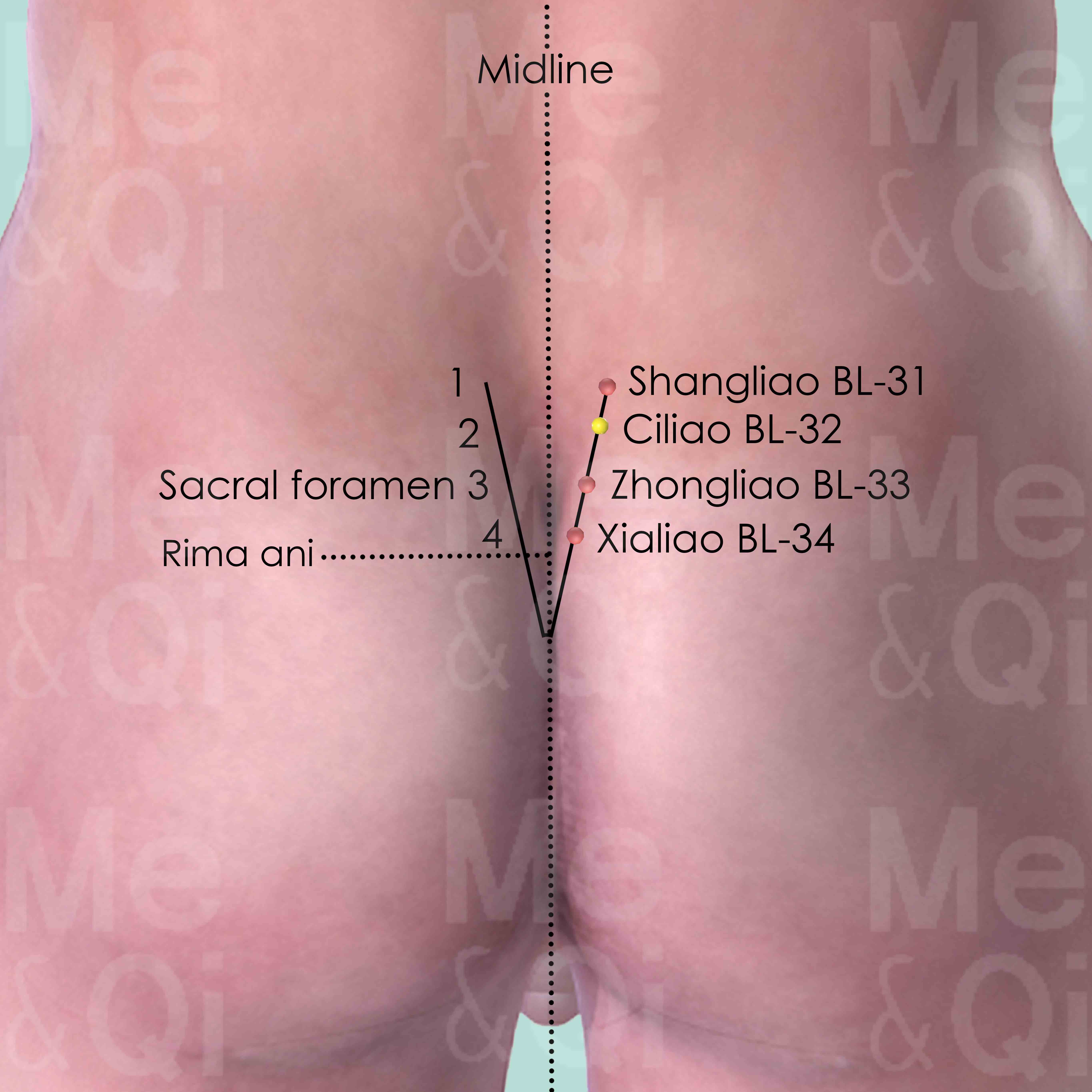Lower Back Numbnessaccording to TCM
Symptom family: Back and Neck Stiffness and Discomfort
Did you mean? Lower Back Stiffness
What is Lower Back Numbness?
Lower back numbness is a sensory deficit characterized by a lack of sensation or a tingling feeling in the lower back region. This symptom can be a result of various underlying issues ranging from nerve compression or damage to circulation problems.
It's a common complaint among individuals with sedentary lifestyles or those who perform strenuous physical activities. Understanding and addressing the root cause of this numbness is crucial for effective management and relief.
How does TCM view Lower Back Numbness?
Traditional Chinese Medicine (TCM) approaches lower back numbness through a lens of energy and balance. It interprets this symptom as a disruption in the flow of Qi (vital energy) and Blood within the body, particularly in the lower back region.
TCM considers factors like Qi Stagnation, Blood Stagnation, or the invasion of Cold and Dampness in the body. The aim of TCM treatment is to identify the underlying pattern of disharmony causing the numbness and to restore the balance and flow of Qi and Blood in the affected area.
Acupoints for Lower Back Numbness
TCM suggests acupuncture as an effective way to address lower back numbness. One of the key acupoints in the Bladder Channel, Ciliao BL-32, is often recommended for this condition. It is located in the 2nd posterior sacral foramen, roughly halfway between the posterior superior iliac spine (PSIS) and the midline.
Stimulating Ciliao BL-32 through acupuncture is believed to regulate the Lower Burner, facilitate urination and defecation, resolve Dampness, regulate menstruation, and benefit the lower back and legs. This targeted approach aims to enhance the flow of Qi and blood, thereby alleviating the numbness and improving overall back health.
See more details below about Ciliao BL-32, an acupoint used to address lower back numbness.
- By Meridian
- Bladder Channel

Ciliao BL-32
In the 2nd posterior sacral foramen, about midway between the posterior superior iliac spine (PSIS) and the midline.
